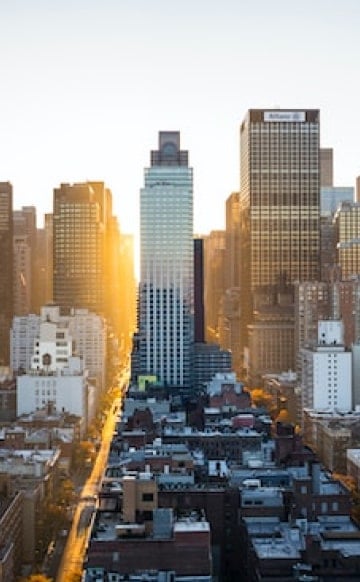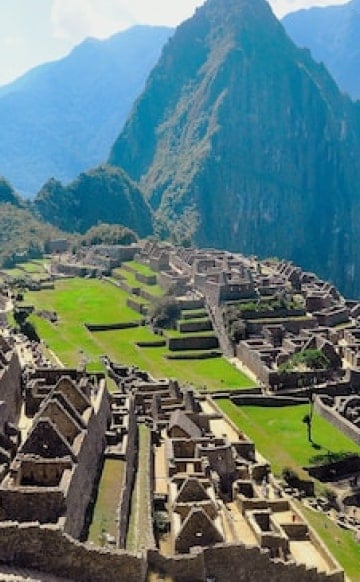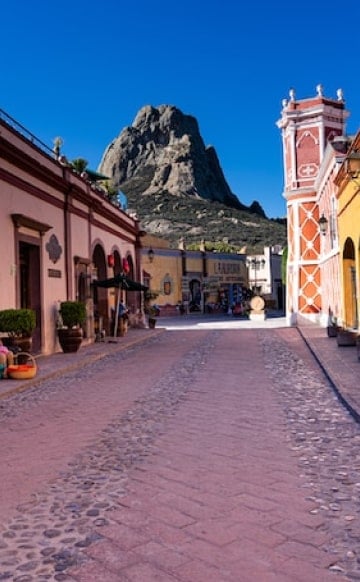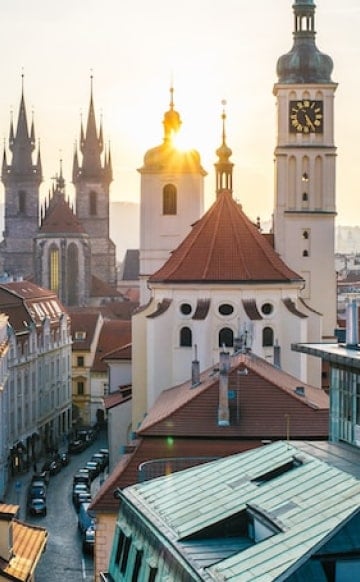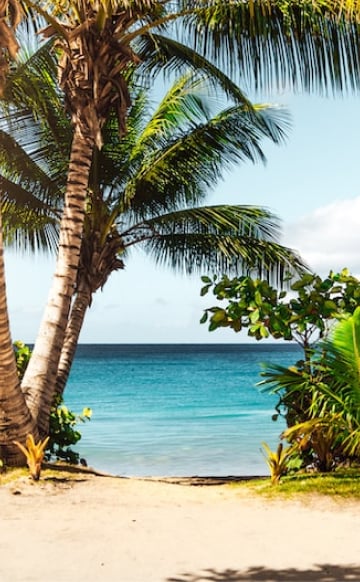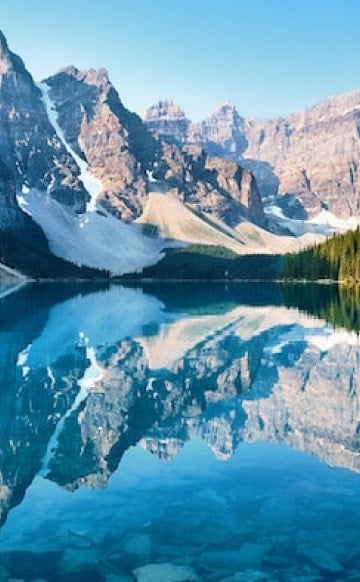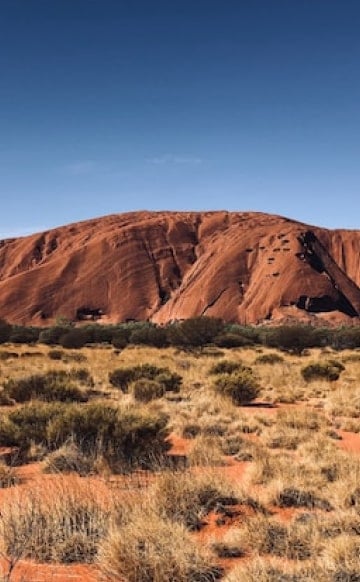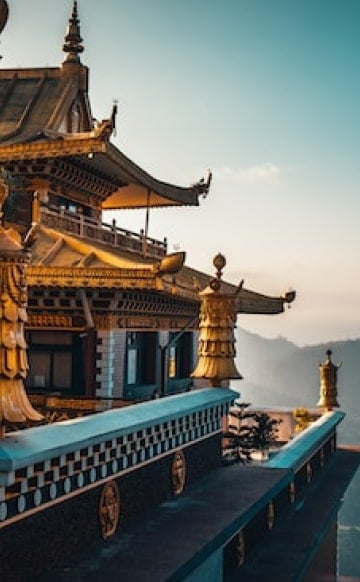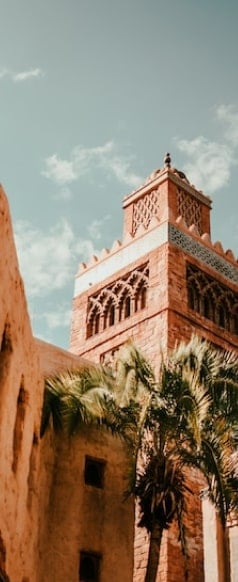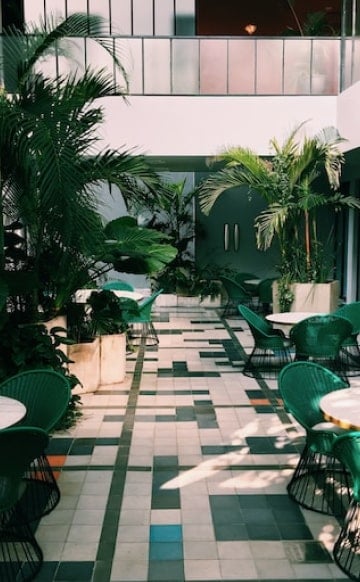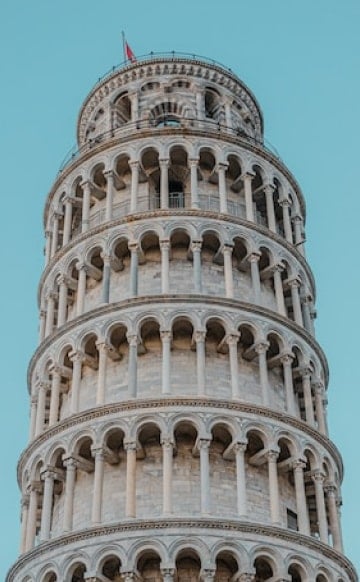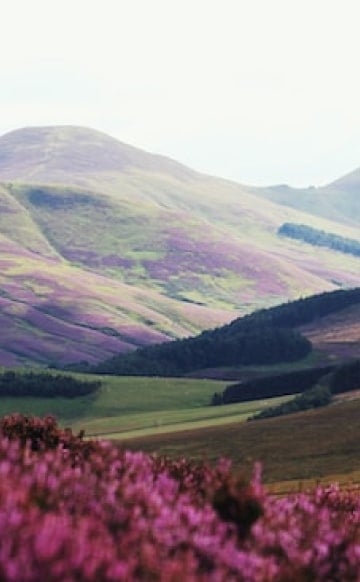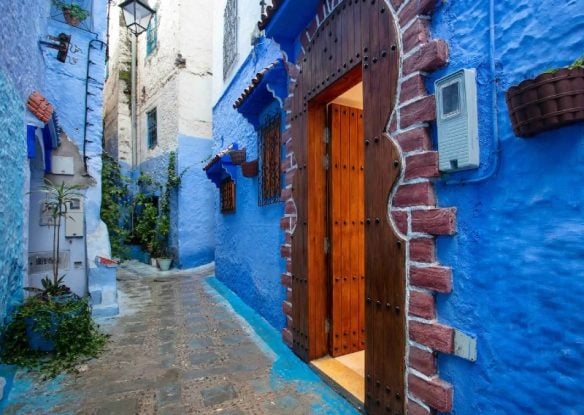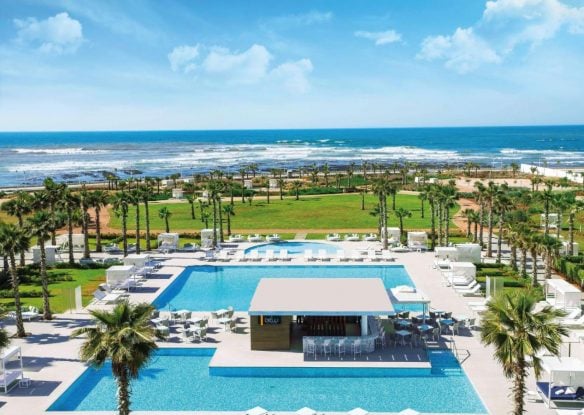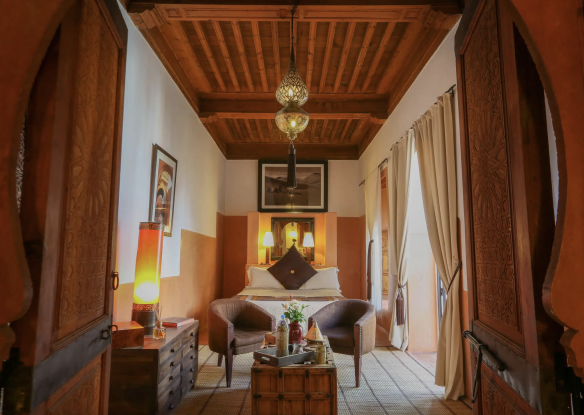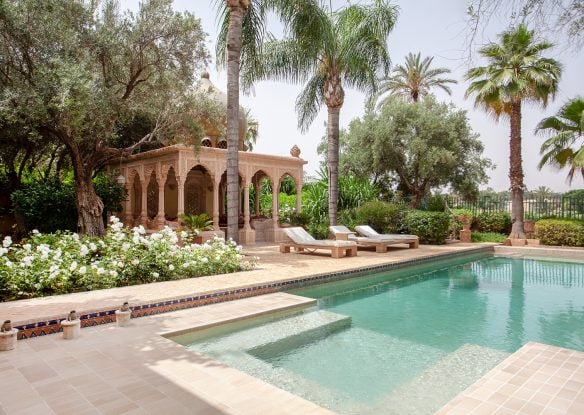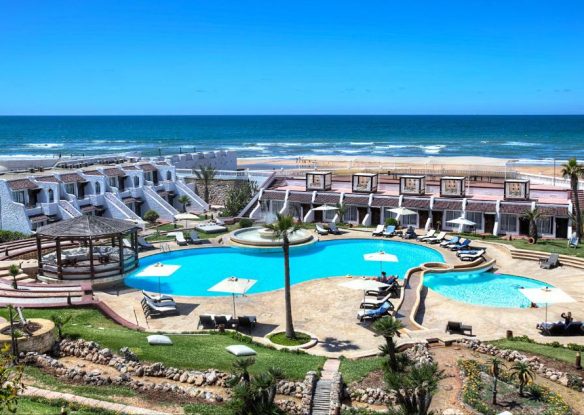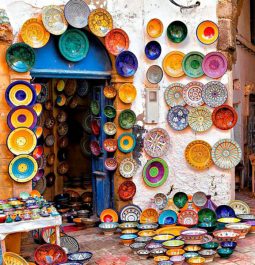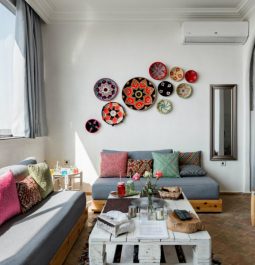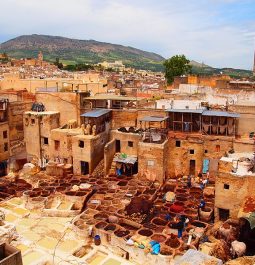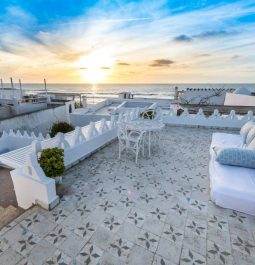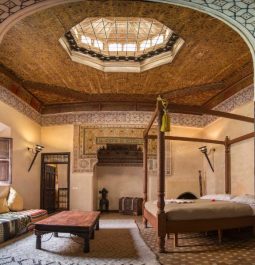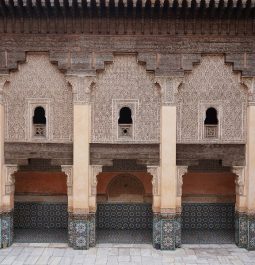Just Published
Top 11 Tours in Casablanca, Morocco
Casablanca is a recognized city name because of the iconic 1942 film "Casablanca". While Morocco is full of exciting destinations, Casablanca has cool sites from the film that… continue reading
15 Coolest Airbnbs in Casablanca, Morocco
Casablanca has been featured on the big screen more than once, most famously in 1940’s Casablanca, although the film was created in California. This top-rated Moroccan city is… continue reading
10 Best Cities to Visit in Morocco
Morrocco is a unique part of Africa, with an incredible diversity of influence, as it nearly touches Europe. You’ll find French, Portuguese and Spanish flavor, to name a… continue reading
Top 10 Waterfront Airbnbs in Asilah, Morocco
Sitting at its northern tip, Asilah is a popular destination in Morocco. Fragrant smells, local vendors and delicious eats fill the streets of the medina, also known as… continue reading
10 Coolest Airbnbs in Morocco
Morocco is an African country like no other with its variety of cultural influences. Its colorful streets, markets, and fascinating cities offer a whimsical appeal that brings travelers… continue reading
13 Top Things to Do in Marrakech, Morocco
When people think of the city of Marrakech in Morocco, they imagine hookah smoking locals, shops filled with carpets and lamps, and fabulous architecture and decor. Yes, Marrakech… continue reading
